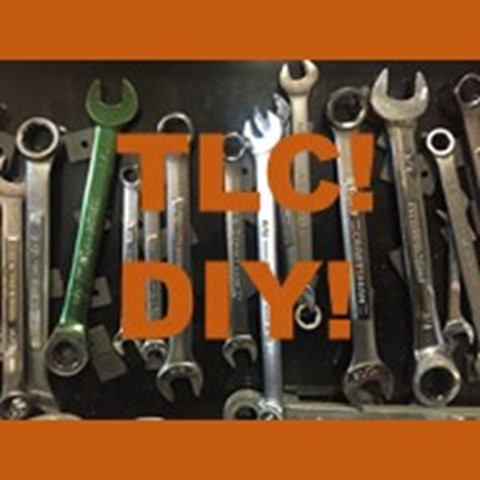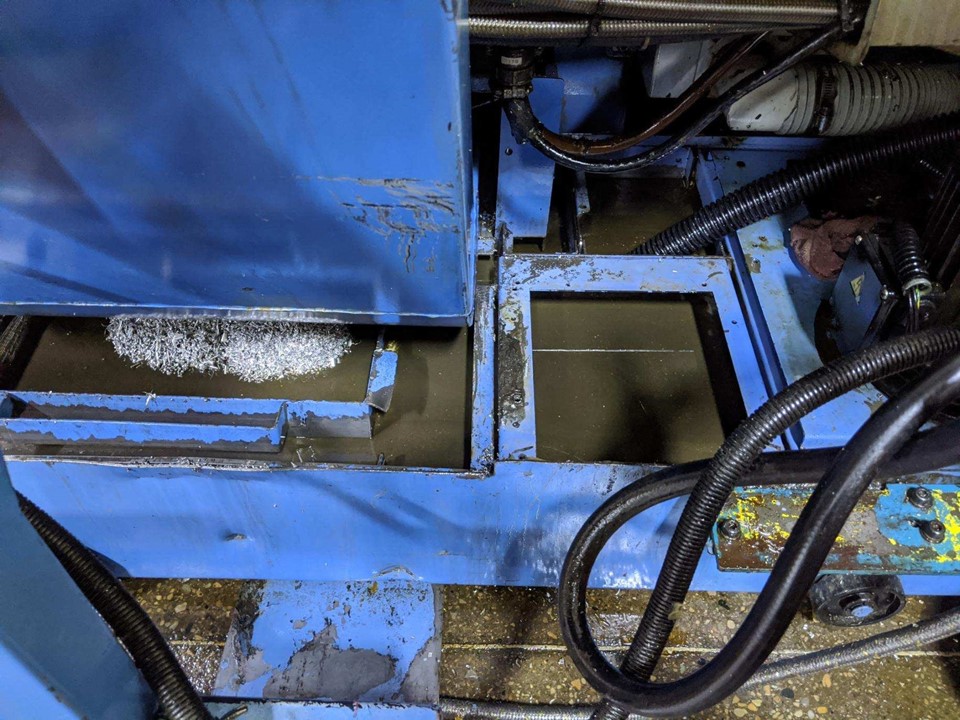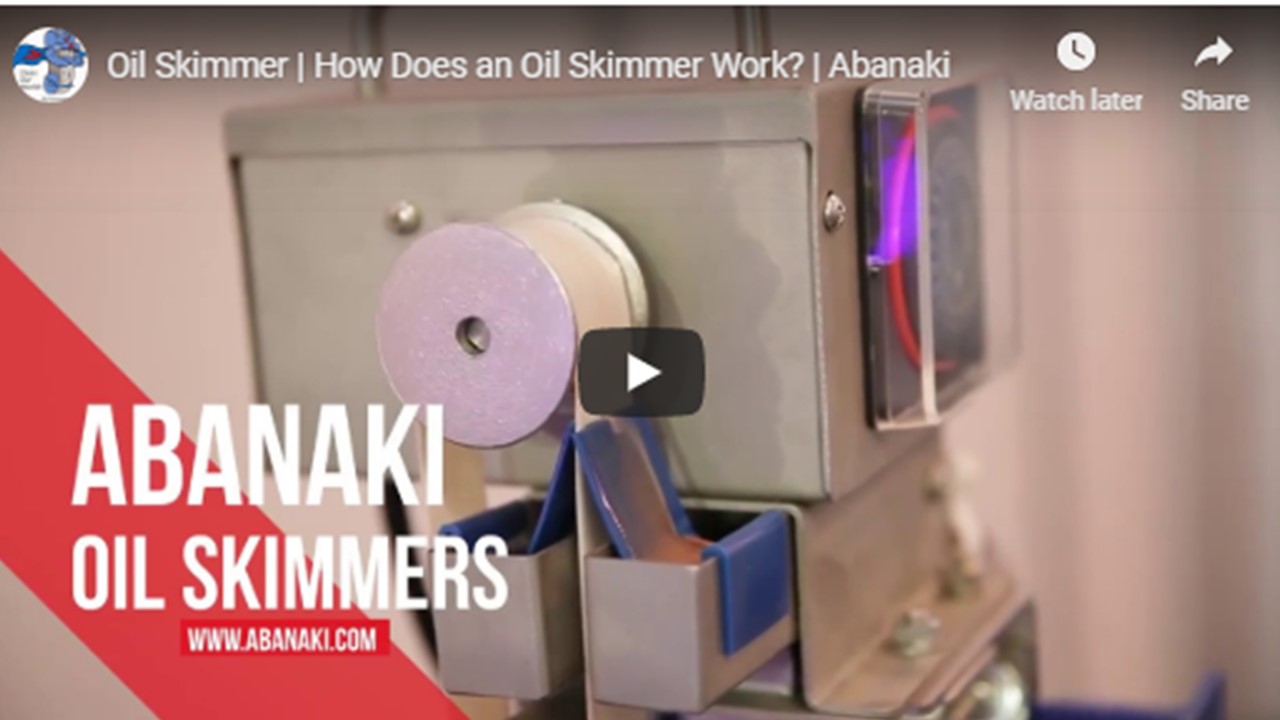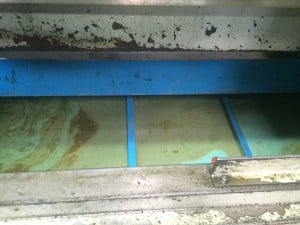There are many oil skimmer choices available but, how do you determine the best for the application? Two things should be considered at the start of the search. First, how much volume of contaminated oil requires removing? Every skimmer offers an oil removal yardstick measured in gallons per hour. Second, what are the dimensions of tank where skimmer will be operating? Some skimmers remove oil more efficiently than others based on the size of tank. Even if there is a low volume of floating oil in an application, a smaller skimmer may not be the ideal solution if the surface area is too large.
Wastewater Sumps
Most manufacturing or processing facilities have water systems where waste oil collects in a central tank or sump. Skimming the floating oils with little water content can reduce the cost of disposal and lower the contingent liabilities of wastewater discharge.
Solution: Model MB is designed for those applications where other skimmers do not provide adequate removal capacity. Multiple of two, three, or five belts are available. From a mere shimmer on top of water to a heavy oil slick, the Model MB performs efficiently, removing up to 200 gallons of oil per hour.
Coolants and Cutting Fluids
When machine coolants become contaminated with tramp oils, four things usually occur: 1) coolant life is reduced; 2) quality of machined parts is reduced; 3) in many cases, a smoke will begin to appear in the shop, causing irritation to the workers on jobs; and 4) the fluid takes on a “rotten egg” odor. Oil skimmers that remove tramp oils solve these problems and typically pay for themselves within a few months.
Solution: The Oil Boss clings to the side of the machine tool above the sump at approximately eye level. The small SurfaceSucker™ floats in the sump and draws in the top fluid layer. The coolant is pumped to the Oil Boss, where it passes through its special coalescing media causes the oil to separate from the coolant. The oil is held in the oil containment area, until the operator opens the disposal tap and drains the oil. The filtered fluid then travels into the clean chamber where is automatically pumped back to the sump.
Alternative: Mighty Mini, Tubetastic, Mighty Disk, Lil Blue
To learn more about oil skimmers, please contact our experts at 440-543-7400 or visit our website: www.abanaki.com
In this video, you will see how do different sizes Abanaki oil skimmers work with different media types.












